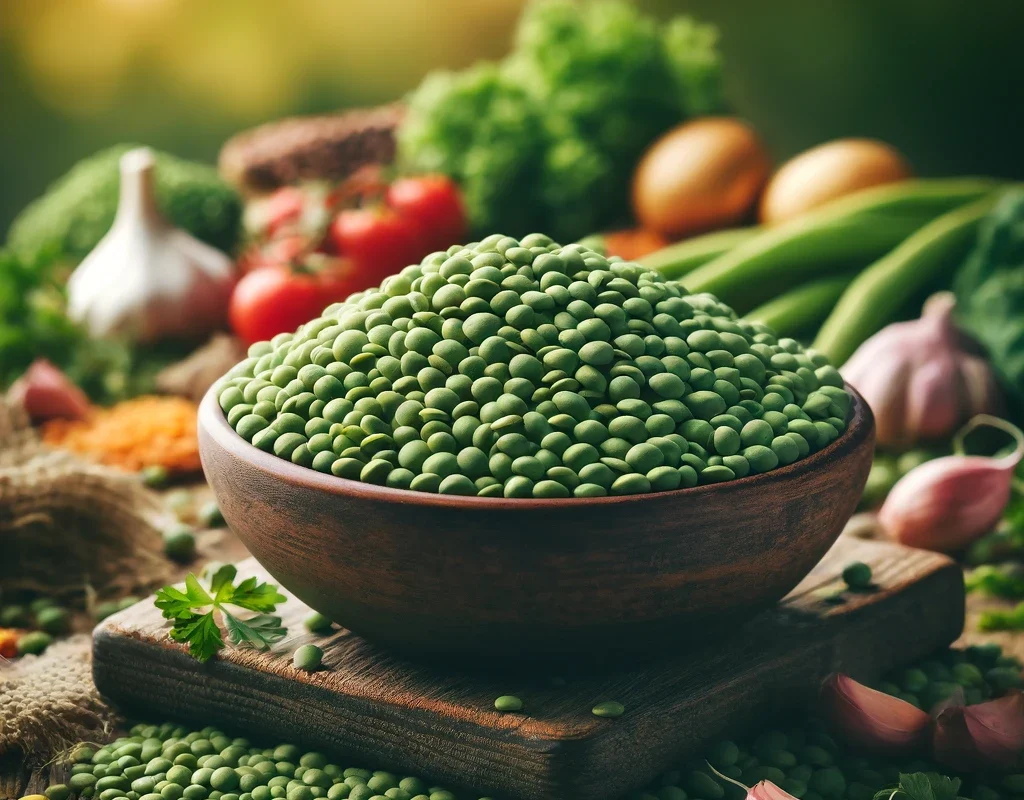Organic sesame seeds are more than just a pantry staple; they’re a powerhouse of nutrition and flavor. Whether you’re a culinary enthusiast or a health-conscious consumer, understanding the ins and outs of these tiny seeds can significantly enhance your buying decisions. This guide will walk you through everything you need to know about purchasing organic sesame seeds, ensuring you make informed choices that benefit both your palate and well-being.
Understanding Organic Sesame Seeds
What are Organic Sesame Seeds?
Organic sesame seeds are seeds grown without the use of synthetic pesticides, herbicides, or fertilizers. This natural growing process helps retain the seeds’ nutritional value and ensures they are free from harmful chemicals, making them a healthier choice compared to conventional sesame seeds.
Types of Sesame Seeds
White Sesame Seeds
White sesame seeds are the most common variety, known for their mild, nutty flavor. They are often used in baking, salads, and as a garnish.
Black Sesame Seeds
Black sesame seeds have a stronger flavor and are slightly more bitter than white sesame seeds. They are popular in Asian cuisine and are known for their high antioxidant content.
Hulled vs. Unhulled Sesame Seeds
Hulled sesame seeds have their outer shell removed, making them softer and lighter in color. Unhulled seeds retain their outer shell, providing more fiber and a slightly crunchier texture.
Nutritional Benefits of Organic Sesame Seeds
Rich in Essential Nutrients
Organic sesame seeds are packed with essential nutrients, including calcium, magnesium, phosphorus, and zinc. These minerals are crucial for bone health, immune function, and overall well-being.
High in Healthy Fats
These seeds are an excellent source of healthy fats, particularly polyunsaturated and monounsaturated fats, which are beneficial for heart health.
Abundant in Antioxidants
Black sesame seeds, in particular, are rich in antioxidants, which help protect the body against oxidative stress and inflammation.
How to Choose the Best Organic Sesame Seeds
Check for Certifications
Ensure the sesame seeds are certified organic by a reputable organization. This certification guarantees that the seeds have been grown and processed according to strict organic standards.
Inspect the Packaging
Look for seeds in airtight, opaque packaging to protect them from light and moisture, which can degrade their quality over time.
Consider the Source
Opt for sesame seeds sourced from regions known for high-quality production, such as Ethiopia and India.
Evaluate the Freshness
Fresh sesame seeds should have a nutty aroma and a slightly oily texture. Avoid seeds that smell rancid or have a dry, brittle appearance.
Where to Buy Organic Sesame Seeds
Online Retailers
Many online platforms offer a variety of organic sesame seeds. Ensure you choose a reputable seller with positive reviews and transparent sourcing practices.
Health Food Stores
Health food stores often carry high-quality organic sesame seeds. These stores typically have rigorous quality control standards, ensuring you get the best product.
Specialty Markets
Specialty markets, especially those focusing on Asian or Middle Eastern cuisines, are excellent places to find a wide range of sesame seeds.
Storing Organic Sesame Seeds
Proper Storage Conditions
Store sesame seeds in an airtight container in a cool, dark place. This helps preserve their flavor and nutritional value.
Shelf Life
When stored correctly, sesame seeds can last up to six months. Refrigerating or freezing them can extend their shelf life even further.
Cooking with Organic Sesame Seeds
Toasting for Enhanced Flavor
Toasting sesame seeds brings out their nutty flavor. Simply heat them in a dry skillet over medium heat until they turn golden brown and emit a fragrant aroma.
Using in Recipes
Sesame seeds can be used in a variety of dishes, from baked goods and salads to stir-fries and smoothies. They add a delightful crunch and a subtle nutty flavor to any recipe.
Health Benefits of Organic Sesame Seeds
Supports Heart Health
The healthy fats in sesame seeds help reduce bad cholesterol levels, promoting heart health and reducing the risk of cardiovascular diseases.
Aids in Digestion
The high fiber content in sesame seeds aids in digestion and helps prevent constipation.
Enhances Skin and Hair Health
Sesame seeds are rich in essential fatty acids and antioxidants, which are beneficial for maintaining healthy skin and hair.
Environmental Benefits of Organic Farming
Reduced Chemical Use
Organic farming reduces the use of synthetic chemicals, which can be harmful to the environment. This practice helps maintain soil health and reduces pollution in water sources.
Promotes Biodiversity
Organic farms often use crop rotation and other practices that promote biodiversity. This helps create a more balanced ecosystem and supports wildlife.
Sustainable Practices
Organic farming emphasizes sustainable practices that maintain the health of the land. This includes using natural fertilizers and pest control methods, which help preserve soil fertility and reduce erosion.
FAQs
Are organic sesame seeds gluten-free? Yes, organic sesame seeds are naturally gluten-free, making them suitable for individuals with gluten sensitivities or celiac disease.
Can sesame seeds cause allergies? Sesame seeds can cause allergic reactions in some people. If you have a known sesame allergy, it’s best to avoid them and consult with a healthcare professional.
How can I incorporate sesame seeds into my diet? You can sprinkle sesame seeds on salads, add them to smoothies, use them in baking, or include them in stir-fries and other cooked dishes.
Are there any side effects of consuming sesame seeds? While sesame seeds are generally safe for most people, excessive consumption can lead to digestive issues due to their high fiber content. Moderation is key.
What is the difference between organic and conventional sesame seeds? Organic sesame seeds are grown without synthetic chemicals, whereas conventional seeds may be exposed to pesticides and fertilizers. Organic seeds are often more nutritious and environmentally friendly.
Where can I buy premium organic sesame seeds online? You can find high-quality organic sesame seeds at specialized online retailers and health food stores emphasizing organic products.
Conclusion
Choosing organic sesame seeds is a step towards a healthier and more sustainable lifestyle. By understanding the different types of sesame seeds, their nutritional benefits, and how to select and store them, you can make informed choices that enhance your culinary experiences and support your overall health. For premium organic sesame seeds, explore reputable sources to find the best options available.




